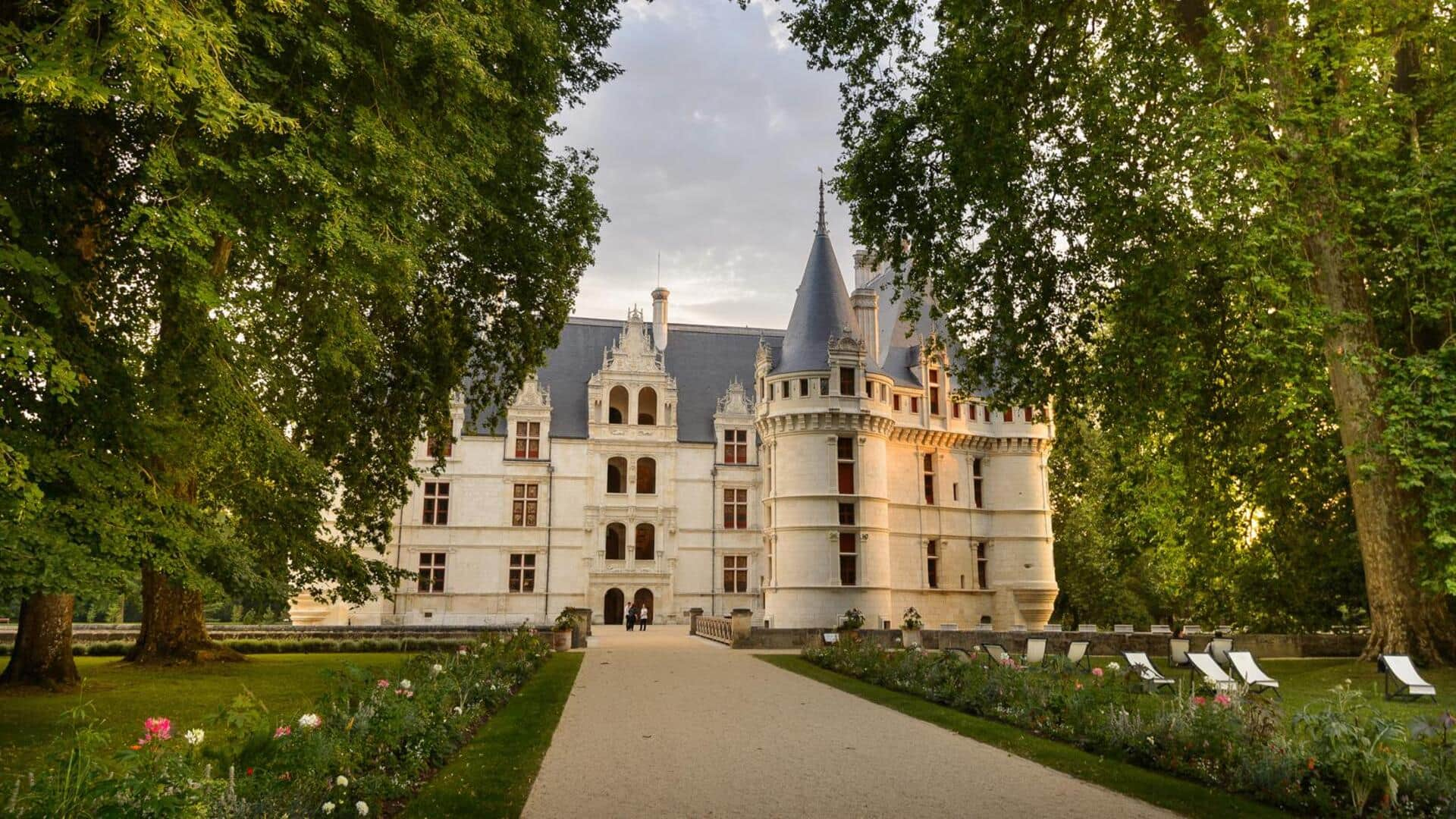
Exploring Renaissance castles in Loire Valley
What's the story
The Loire Valley, often referred to as the Garden of France, is renowned for its breathtaking Renaissance castles. These architectural marvels are not just stone and mortar; they are a gateway to the past, offering a glimpse into the opulence and artistry of the Renaissance era. Each castle tells its own story, set against the backdrop of lush landscapes and flowing rivers.
Recommendation 1
Chateau de Chambord: A Renaissance masterpiece
Commissioned by King Francois I in 1519, Chateau de Chambord is iconic in the Loire Valley. It blends French medieval styles with classical Italian architecture. The double helix staircase, rumored to be inspired by Leonardo da Vinci, is an engineering marvel. With 440 rooms and a vast hunting park, it epitomizes the grandeur of French Renaissance architecture.
Recommendation 2
Chateau de Chenonceau: The Ladies' Castle
Spanning the River Cher, Chateau de Chenonceau, known as The Ladies' Castle, reflects the influence of its female owners on its design and history. It beautifully merges Gothic with early Renaissance elements. Its arches elegantly bridge the river, making it exceptionally picturesque. Inside, an impressive collection of Renaissance furniture, tapestries, and artworks is housed, showcasing its rich heritage.
Recommendation 3
Chateau d'Amboise: Royal heritage
Perched on a promontory overlooking the Loire River, Chateau d'Amboise offers panoramic views that are simply unmatched. This castle served as a residence for several French kings throughout history. It's closely associated with Leonardo da Vinci, who spent his last years in Amboise. Visitors can explore chapels, underground passages, and beautiful gardens that offer insights into royal life during the Renaissance.
Recommendation 4
Chateau de Blois: A glimpse into history
Chateau de Blois is a journey through time, with each wing representing a different era: Gothic, Flamboyant Gothic, early Renaissance, and Classical. The standout feature is Francis I's spiral staircase in an octagonal tower, showcasing French architectural brilliance from this period. It was also here that Joan of Arc was blessed before her battle against English forces during the Hundred Years' War.
Recommendation 5
Chateau de Villandry: Gardens galore
Chateau de Villandry is celebrated for its exceptional gardens, considered among the finest Renaissance garden designs in Europe. The gardens feature meticulously manicured hedges that create intricate patterns, best appreciated from the castle's terraces. Beyond their aesthetic appeal, these gardens also have practical uses. They include vegetable gardens that serve culinary purposes today, just as they did centuries ago, seamlessly blending beauty with utility.